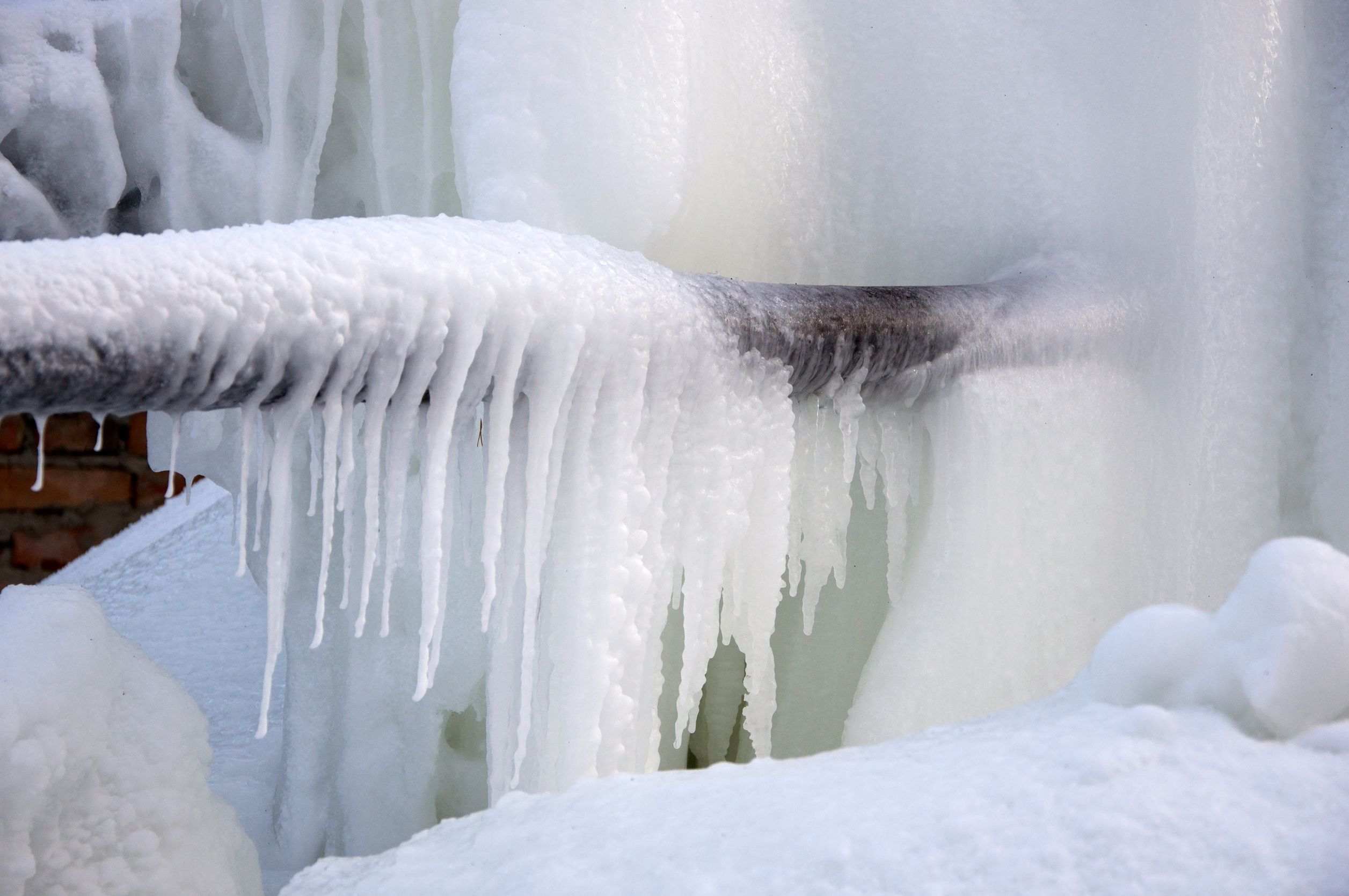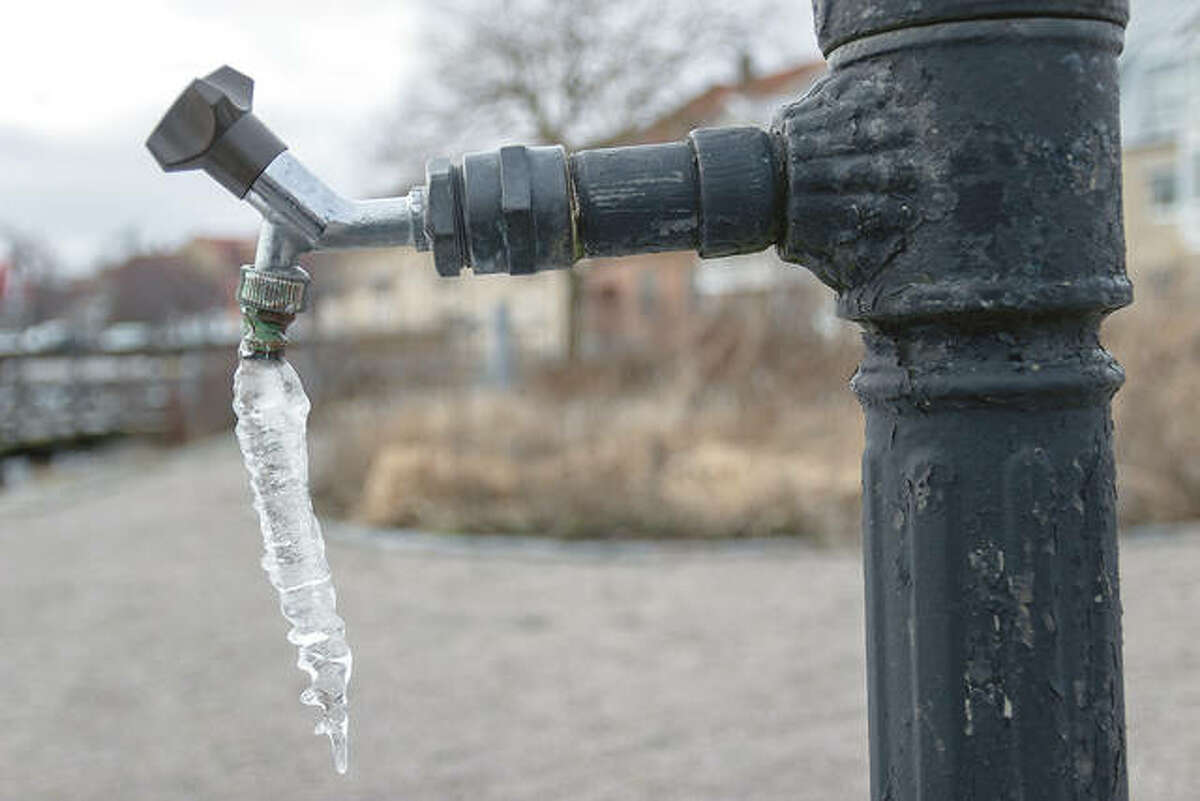Essential Tips to Prevent Frozen Pipes in Winter: Expert Insights
Essential Tips to Prevent Frozen Pipes in Winter: Expert Insights
Blog Article
Listed here below you can find a good deal of good quality guidance about How to prepare your home plumbing for winter weather.

Cold weather can wreak havoc on your pipes, particularly by freezing pipelines. Right here's just how to avoid it from occurring and what to do if it does.
Introduction
As temperature levels drop, the danger of frozen pipelines boosts, possibly resulting in costly repairs and water damage. Recognizing exactly how to avoid icy pipes is essential for house owners in cool climates.
Comprehending Icy Pipes
What creates pipelines to ice up?
Pipelines freeze when revealed to temperatures below 32 ° F (0 ° C) for extended periods. As water inside the pipes ices up, it increases, taxing the pipeline walls and potentially creating them to burst.
Risks and damages
Icy pipes can lead to water disruptions, building damage, and expensive repair work. Ruptured pipes can flooding homes and cause considerable architectural damage.
Signs of Frozen Piping
Recognizing icy pipelines early can avoid them from rupturing.
Just how to determine frozen pipelines
Look for decreased water circulation from taps, unusual odors or sounds from pipes, and noticeable frost on revealed pipes.
Prevention Tips
Shielding at risk pipelines
Cover pipelines in insulation sleeves or use heat tape to secure them from freezing temperatures. Focus on pipes in unheated or external locations of the home.
Home heating methods
Maintain interior spaces appropriately heated up, specifically locations with pipes. Open cabinet doors to permit cozy air to distribute around pipes under sinks.
Safeguarding Outdoor Pipes
Yard pipes and exterior faucets
Disconnect and drain yard hoses prior to winter season. Install frost-proof faucets or cover outdoor taps with protected caps.
What to Do If Your Pipelines Freeze
Immediate actions to take
If you think icy pipelines, keep taps open up to ease stress as the ice melts. Utilize a hairdryer or towels taken in hot water to thaw pipes slowly.
Long-Term Solutions
Structural modifications
Think about rerouting pipes far from outside wall surfaces or unheated locations. Include added insulation to attic rooms, cellars, and crawl spaces.
Updating insulation
Purchase top notch insulation for pipelines, attic rooms, and wall surfaces. Appropriate insulation helps preserve constant temperatures and minimizes the danger of frozen pipelines.
Final thought
Avoiding frozen pipes requires aggressive procedures and quick actions. By recognizing the reasons, signs, and safety nets, homeowners can safeguard their plumbing during winter.
6 Proven Ways to Prevent Frozen Pipes and Protect Your Home
Disconnect and Drain Garden Hoses
Before winter arrives, start by disconnecting your garden hoses and draining any remaining water. Close the shut-off valves that supply outdoor hose bibs and leave the outdoor faucet open to allow any residual water to drain. For extra protection, consider using faucet covers throughout the colder months. It’s also important to drain water from any sprinkler supply lines following the manufacturer’s directions.
Insulate Exposed Pipes
Insulating your pipes is an effective way to prevent freezing. Pipe insulation is readily available at home improvement stores and is relatively inexpensive. Pay close attention to pipes in unheated areas such as the attic, basement, crawl spaces, or garage. Apply foam insulation generously to create a buffer against the cold. You can also wrap your pipes in heat tape or thermostat-controlled heat cables for added warmth.
Seal Air Leaks
Inspect your home for any cracks or openings that could let in cold air. Seal any holes around the piping in interior or exterior walls, as well as the sill plates where your home rests on its foundation. Additionally, make sure to keep your garage door closed unless you’re entering or exiting. Leaving it open creates a significant air leak that can lead to frozen pipes.
Allow Warm Air Circulation
During cold snaps, it’s essential to allow warm air to circulate evenly throughout your home. Leave interior doors ajar to promote better airflow. Open kitchen and bathroom cabinets to help distribute heat consistently around the rooms. If you have small children or pets, be sure to remove any household chemicals or potentially harmful cleaners from open cabinets for safety.
Let Faucets Drip
A small trickle of water can make a big difference in preventing ice formation inside your pipes. When temperatures drop significantly, start a drip of water from all faucets served by exposed pipes. This continuous flow helps prevent the water from freezing. Additionally, running a few faucets slightly can relieve pressure inside the pipes, reducing the chances of a rupture if the water inside does freeze.
https://choateshvac.com/6-proven-ways-to-prevent-frozen-pipes-and-protect-your-home/

We were made aware of that report about How To Avoid Freezing Pipes through a buddy on our other domain. Loved our article? Please quickly share it. Let another person discover it. I value reading our article about 6 Ways to Prevent Frozen Pipes.
Recurring Service Plans Report this page